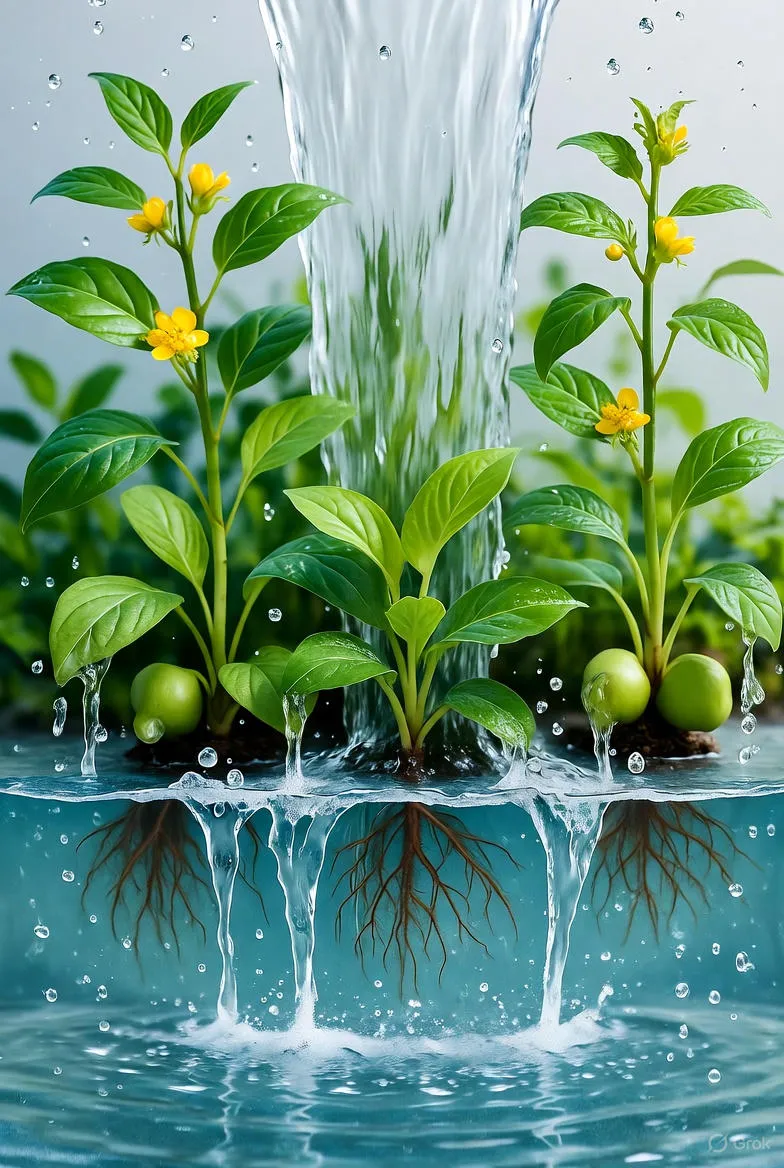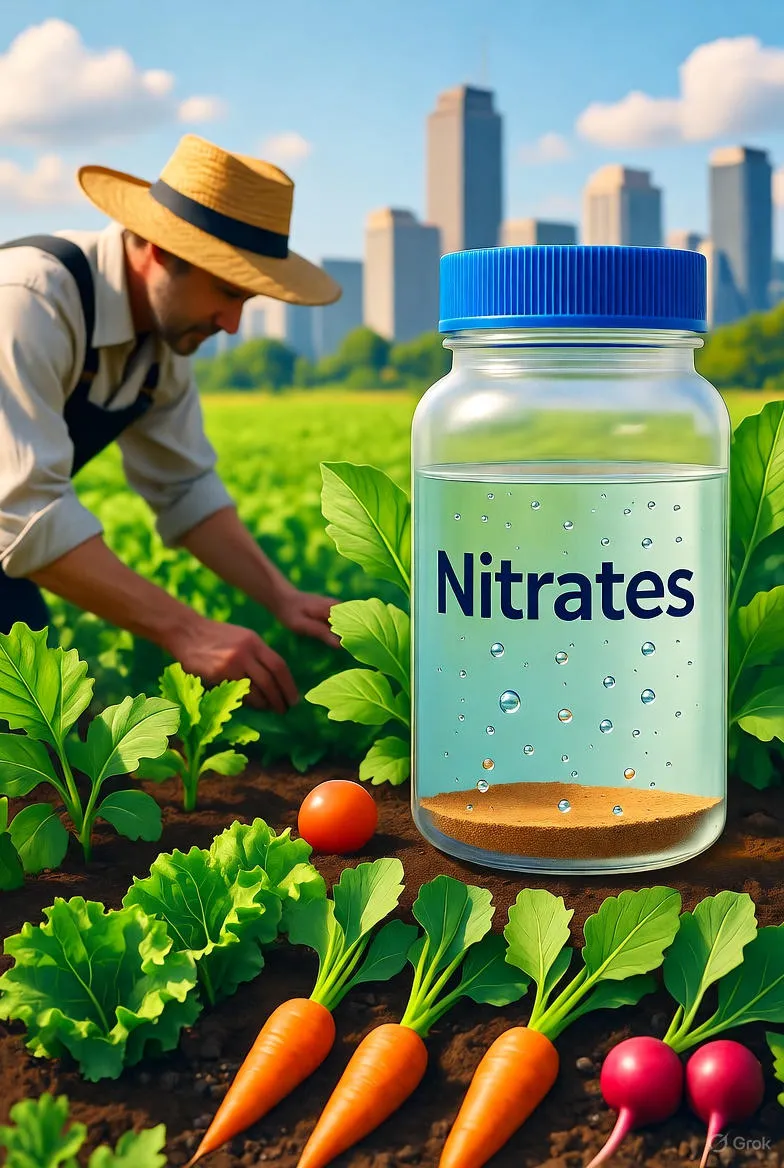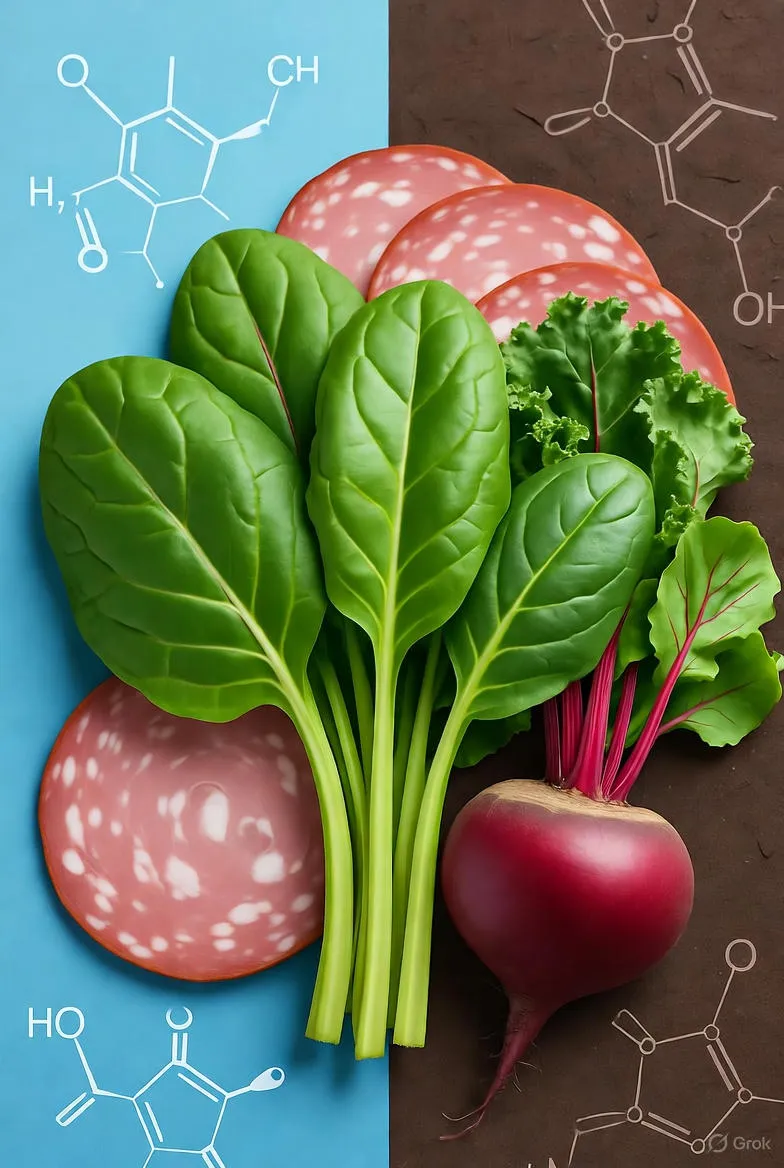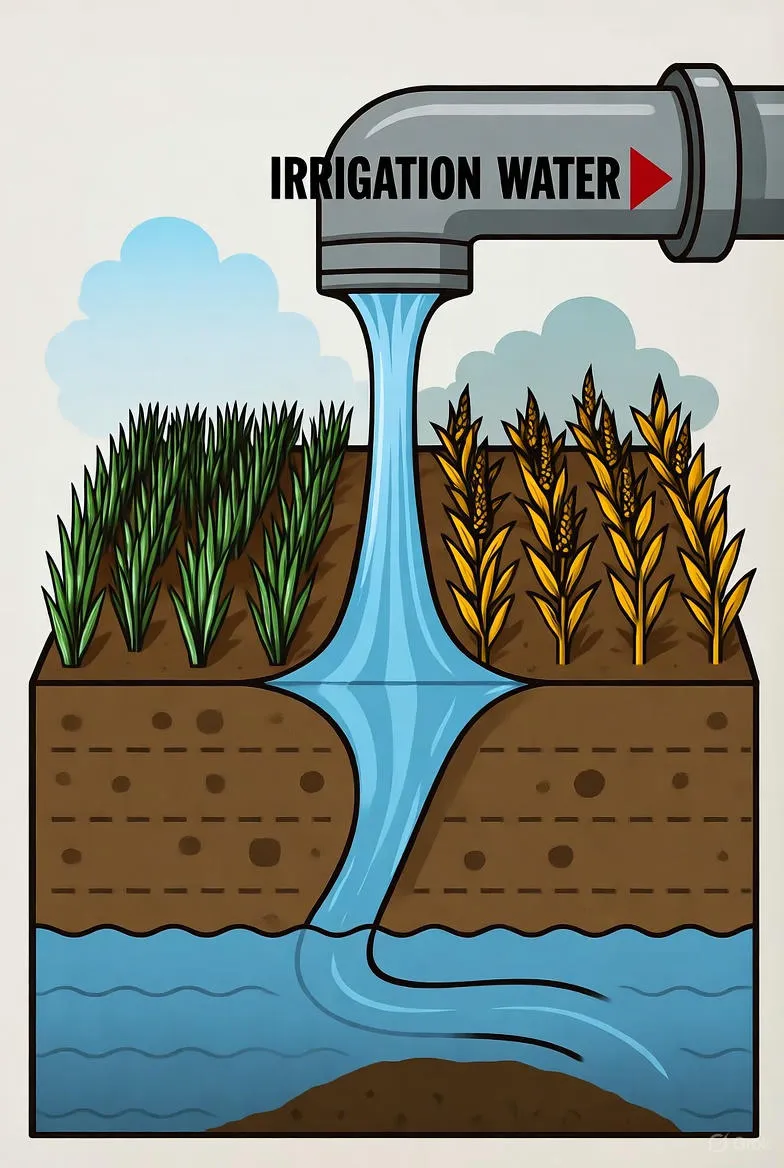
Mastering Nitrates in Hydroponic Systems: A Comprehensive Guide to Nutrient Optimization
Explore the vital role of nitrates in hydroponic systems: optimal levels, sources, pH interactions, deficiency/toxicity symptoms, and management tips for superior plant growth and yields.
Introduction to Nitrates in Hydroponics
Hydroponic systems represent a revolutionary approach to agriculture, allowing plants to thrive without soil by delivering nutrients directly through water-based solutions. At the heart of this method lies precise nutrient management, with nitrates playing a pivotal role. As the primary source of nitrogen for plants, nitrates (NO3-) are essential for photosynthesis, protein synthesis, and overall growth. However, maintaining the right balance is crucial—too little leads to stunted development, while excess can harm both plants and the environment.
In this guide, we delve deep into the world of nitrates in hydroponics, exploring their functions, optimal concentrations, interactions with other elements like pH and ammonium, and practical strategies for success. Whether you're a novice grower or a seasoned hydroponicist, understanding nitrates will elevate your yields and sustainability.
What Are Nitrates and Why Do They Matter?
Nitrates are inorganic compounds consisting of nitrogen and oxygen, existing as anions in nutrient solutions. Nitrogen, the building block of amino acids, chlorophyll, and enzymes, constitutes about 1-5% of a plant's dry weight. In hydroponics, plants absorb nitrates readily through their roots, converting them into usable forms via nitrate reductase enzymes.
The significance of nitrates cannot be overstated. They fuel vegetative growth, enhance leaf expansion, and boost photosynthetic efficiency. Studies show that adequate nitrate supply can increase leaf area by up to 20%, directly correlating with higher yields. For fruiting crops like tomatoes and cucumbers, nitrates promote robust stems and vibrant foliage, setting the stage for bountiful harvests.
The Nitrogen Cycle in Hydroponic Contexts
Unlike soil-based systems where bacteria convert ammonia to nitrates, hydroponics relies on pre-formulated solutions. Growers introduce nitrates via fertilizers, mimicking natural processes. This control allows for tailored nutrition but demands vigilance to prevent imbalances.
Sources of Nitrates in Hydroponic Nutrient Solutions
Common nitrate sources include calcium nitrate (Ca(NO3)2), potassium nitrate (KNO3), and ammonium nitrate (NH4NO3). Each offers unique benefits: calcium nitrate supplies both nitrogen and calcium to prevent blossom-end rot, while potassium nitrate delivers potassium for fruit quality.
To formulate solutions, growers use recipes like the Modified Sonneveld, targeting specific parts per million (ppm). For instance, calcium nitrate might contribute 73 ppm nitrogen, potassium nitrate 61 ppm, and ammonium nitrate 15 ppm to reach a total of 150 ppm. Calculations involve two key equations: one for primary nutrient supply and another for secondary contributions, ensuring no excesses.
- Calcium Nitrate: Ideal for high-calcium crops; 15.5% N, 19% Ca.
- Potassium Nitrate: Boosts potassium levels; 13% N, 44% K.
- Ammonium Nitrate: Cost-effective but used sparingly due to pH effects; 34% N.
Selecting sources depends on crop needs and water quality—always test base water for existing nitrates to adjust recipes accordingly.
Optimal Nitrate Levels for Different Crops
Ideal nitrate concentrations vary by plant and growth stage. Leafy greens like lettuce thrive at 100-150 ppm nitrogen (equivalent to 440-660 ppm nitrates, since nitrate is about 22.6% nitrogen). Fruiting plants such as peppers may require 150-200 ppm.
Research indicates that diluting solutions from 100% to 50% can reduce nitrate accumulation in lettuce by 22% while maintaining yields, highlighting the value of moderation. For tomatoes in controlled environments, guidelines suggest 180-210 ppm total nitrogen, predominantly as nitrates.
| Crop Type | Optimal Nitrate-N (ppm) | Growth Stage Notes |
|---|---|---|
| Leafy Greens (Lettuce) | 100-150 | Lower in maturation to reduce leaf nitrates |
| Fruiting (Tomatoes) | 150-200 | Higher during vegetative phase |
| Herbs (Basil) | 120-160 | Balanced for aroma compounds |
These levels ensure robust growth without toxicity, but regular testing is key.
The Interplay Between Nitrates, Ammonium, and pH
Nitrate absorption isn't isolated—it profoundly impacts pH. When roots uptake NO3-, they release OH- ions, raising solution pH. Conversely, ammonium (NH4+) absorption releases H+, lowering pH.
Maintaining a 2:8 ammonium-to-nitrate ratio promotes moderate pH increases, ideal for many crops. A 5:5 ratio stabilizes pH but may reduce productivity. Ammonium sulfate is a cheap way to boost ammonium by 10 ppm per 0.05 g/L.
Understanding this balance prevents common issues: high nitrates alone can drift pH upward, stressing plants. Integrated management keeps solutions between 5.5-6.5.
Monitoring and Measuring Nitrate Levels
Effective hydroponics demands precise monitoring. Ion-selective electrodes provide real-time nitrate readings, while test kits offer affordability for small setups. Electrical conductivity (EC) meters indirectly gauge totals, but specific nitrate tests are superior.
Frequency matters: check weekly in recirculating systems, daily in active ones. Software like nutrient calculators can predict depletions based on plant uptake rates.
- Collect sample from root zone.
- Use calibrated meter or strips.
- Adjust with fresh solution if below target.
- Record trends for recipe refinement.
Symptoms of Nitrate Deficiency and How to Address Them
Nitrogen deficiency manifests early: light green foliage, stunted growth, and yellowing lower leaves (chlorosis). In hydroponics, wilting and reduced yields follow, as plants prioritize new growth over old tissues.
To remedy, increase nitrate via targeted fertilizers. Flush systems if lockout occurs from pH extremes. Prevention involves stage-specific recipes—higher nitrates in vegetative phases.
Visual Guide to Deficiency
- Early Stage: Pale veins, slow elongation.
- Advanced: Necrosis, dropped leaves.
Quick intervention restores vigor within days.
Risks of Nitrate Toxicity and Mitigation Strategies
Excess nitrates cause dark green, succulent leaves prone to pests, plus tip burn and reduced quality. In edibles, high levels exceed EU limits (2000-4500 mg/kg fresh weight), posing health risks like methemoglobinemia.
Mitigation includes diluting solutions, applying glycinebetaine sprays, or using LED lights to enhance assimilation. For lettuce, 50% dilution cuts nitrates by 22% without yield loss.
Environmental concerns: runoff nitrates contribute to eutrophication. Recirculating systems with biofilters minimize waste.
Best Practices for Nitrate Management in Hydroponics
Success hinges on holistic strategies:
- Custom Recipes: Tailor to crop and water analysis.
- Automated Dosing: Use EC/pH controllers for precision.
- Crop Rotation: Alternate high/low nitrogen demands.
- Sustainable Sourcing: Opt for recycled water treatments.
- Research Integration: Follow studies on low-nitrate varieties.
Case in point: A floating lettuce system reduced nitrates via dilution, boosting anthocyanins and calcium—enhancing nutrition.
Future Trends in Nitrate Optimization
Advancements like AI-driven sensors and nano-fertilizers promise finer control. Genetic engineering for nitrate-efficient plants could slash needs by 30%. Sustainability drives low-input systems, blending hydroponics with aquaponics for natural nitrate cycling.
Conclusion
Nitrates are the lifeblood of hydroponic success, demanding respect through science and vigilance. By mastering levels, interactions, and adjustments, growers unlock healthier plants and higher yields. Embrace testing, adapt recipes, and watch your systems flourish. The future of soilless agriculture is nitrate-smart—join the movement today.


